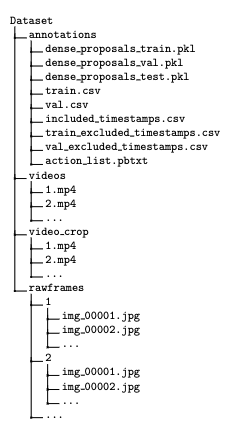我设计了一个TableViewDataSource类,它为UITableViewDataSource和UITableViewDelegate提供了一个实现.您实例化TableViewSection对象,这些对象传递给TableViewDataSource,用于配置单元格,节标题,句柄选择,行插入等.
TableViewSection对象有一个名为dataSource:[AnyObject]?的属性,当设置它时,它用于计算节中的行数,并为单元配置块提供一个对象:
// get the section,dequeue a cell for that section,retrieve the item from the dataSource // ... tableSection.cellConfigurationBlock?(cell: AnyObject,item: AnyObject?,indexPath: NSIndexPath) return cell
我想做的是从我的viewmodel到我的tableSection.dataSource分配对数组的引用,让我的viewmodel更新数组,然后更新表视图.在Swift中,您无法通过引用传递数组.解决方法似乎是使用NSMutableArray,但随之而来的是类型安全性的损失,以及从Swift到Foundation来回转换对象时的更大认知负担.
工作实例:
let kCellIdentifier = "SomeCellIdentifier"
class MyViewController: UITableViewController {
// Property declarations
@IBOutlet var tableDataSource: TableViewDataSource!
var viewmodel: MyViewControllerviewmodel = MyViewControllerviewmodel()
override func viewDidLoad() {
super.viewDidLoad()
self.setupTableView()
self.refresh()
}
func setupTableView() {
var tableSection = TableViewSection(cellIdentifier: kCellIdentifier)
tableSection.dataSource = self.viewmodel.collection
// tableSection configuration
// ...
self.tableDataSource.addSection(tableSection)
}
func refresh() {
self.viewmodel
.refresh()
.subscribeNext({ result in
self.tableView.reloadData()
},error: { error in
self.logger.error(error.localizedDescription)
})
}
}
viewmodel上的refresh()方法命中我的API服务,在响应时更新它的集合属性,并在RACSignal的下一个事件上提供结果(RACSignal是由Reactive Cocoa提供的类,除此之外).
我找到了一种解决方法,包括每次进行单次更新时或批量更新后重新分配数据源.
func refresh() {
self.viewmodel
.refresh()
.subscribeNext({ result in
self.updateDataSource()
self.tableView.reloadData()
},error: { error in
self.logger.error(error.localizedDescription)
})
}
func updateDataSource() {
self.tableDataSource.tableSectionForIndex(0)?.dataSource = viewmodel.collection
}
这种方法有效,但只能暂时作为解决方法.随着TableViewDataSource的增长和变得越来越复杂,使用命令式过程代码时,这种方法变得越来越复杂,这与我在编写类时要实现的目标相反.
题
是否有任何解决方法坚持使用本机Swift数组来实现相当于通过引用传递Foundation NSArray或NSMutableArray?
奖金问题
有人能为我提供一些类/结构设计技巧,以实现纯Swift中的预期目标吗?
有问题的类可以非常轻量级 – 基本上,它只是作为一个包装数组的瘦包装器,客户端通过类实例直接访问数组 – 或者恰恰相反,您可以将类设计为管理数组,即类有意提供类似于数组的API,以保护客户端免受底层实现的影响.这两种方法都可能是合适的;我当然都做到了.
这是第一种情况的例子.我的模型对象是属于UIDocument子类的数组.我的视图控制器是一个UITableViewController.用户将在表中查看,添加和编辑模型实体.因此,UITableViewController需要访问UIDocument的数组(恰好称为人员).
>在Objective-C中,我的UITableViewController只是对数组self.people进行了引用,这是一个NSMutableArray.这只是一个指针,因此对self.people的更改也是UIDocument的人员的变化 – 他们是同一个对象.
>在Swift中,我的UITableViewController包含对UIDocument对象self.doc的引用.这个数组现在是一个Swift数组,它位于“内部”,所以我可以将它称为self.doc.people.但是,重写太多了!相反,我创建了一个计算的变量属性self.people,它充当self.doc.people的网关:
var doc : PeopleDocument!
var people : [Person] { // front end for the document's model object
get {
return self.doc.people
}
set (val) {
self.doc.people = val
}
}
嘿presto,问题解决了.每当我说像self.people.append(newPerson)之类的东西时,我都会直接传递给UIDocument的模型对象人员,我实际上是在追加它.因此,代码看起来和工作方式就像在Objective-C中一样,完全不用担心.






